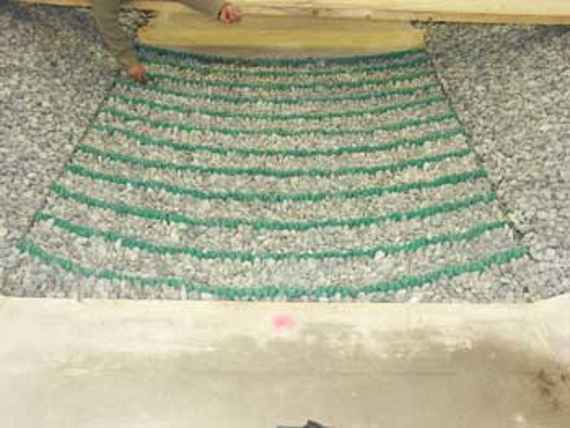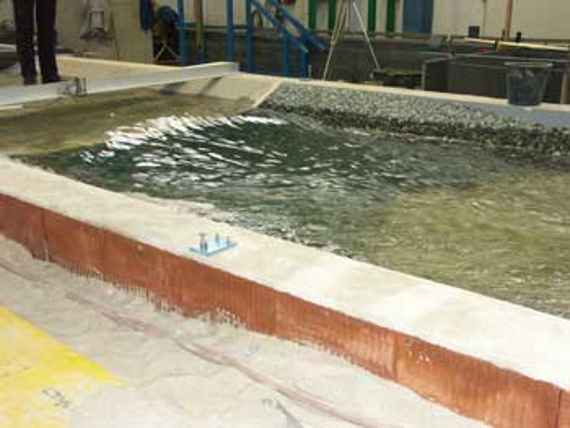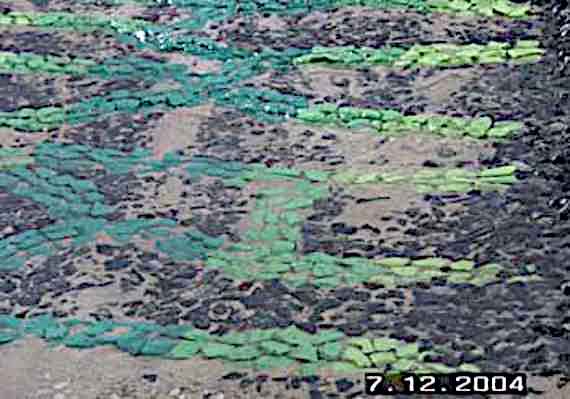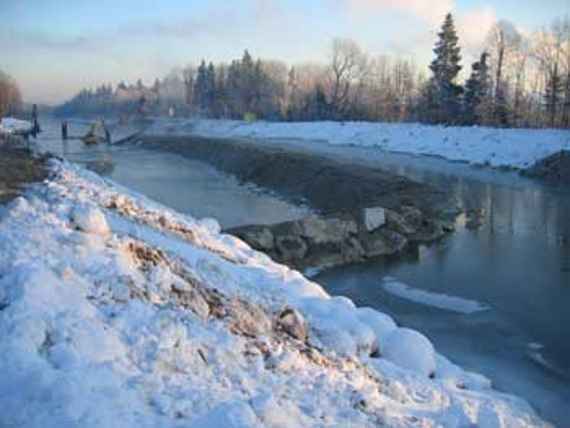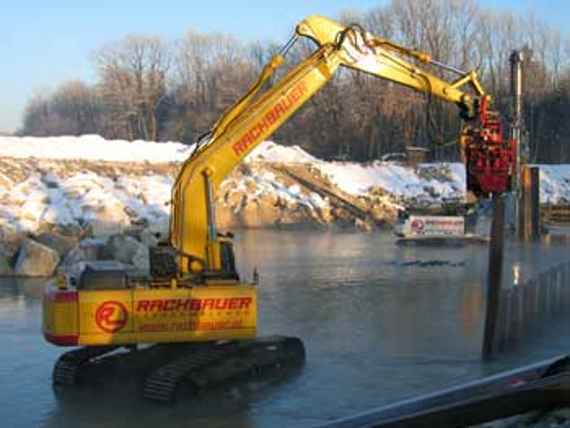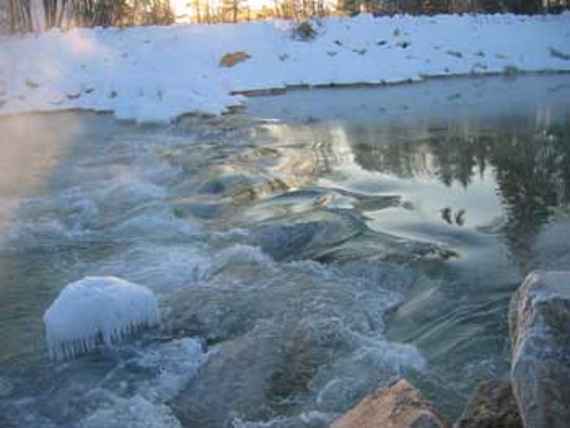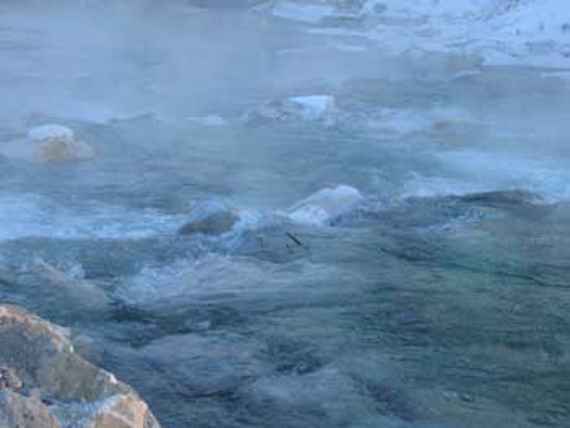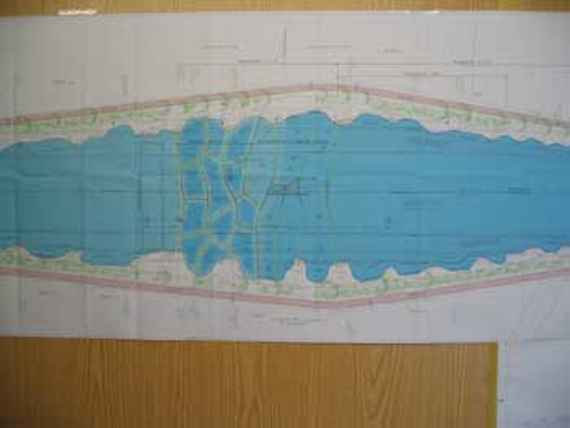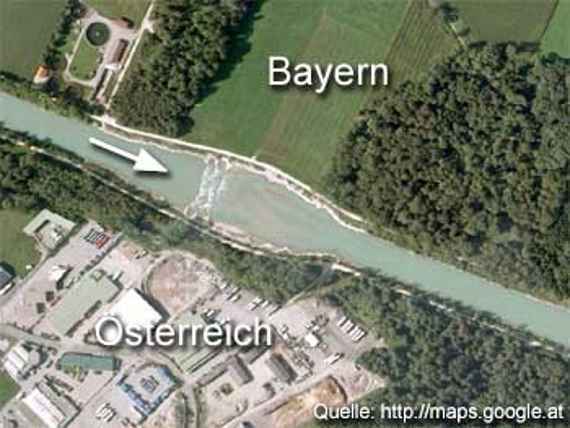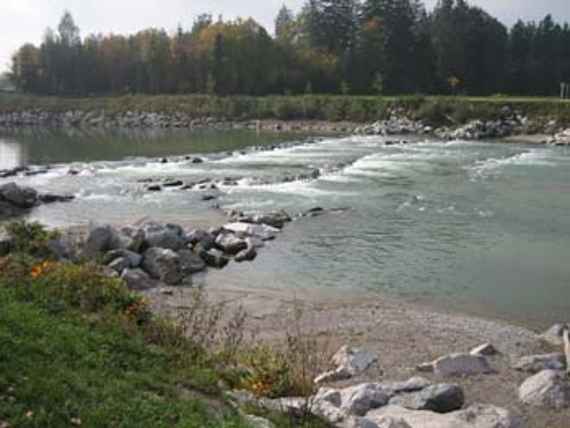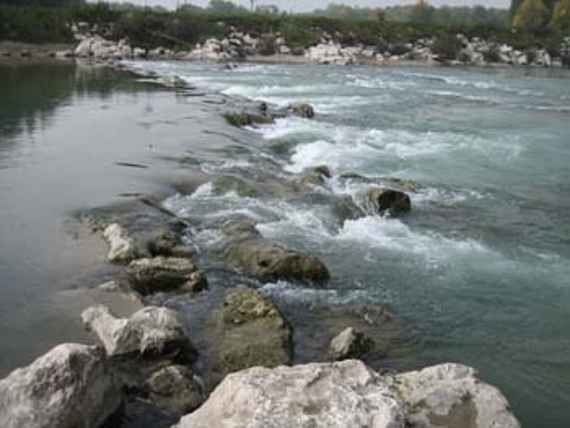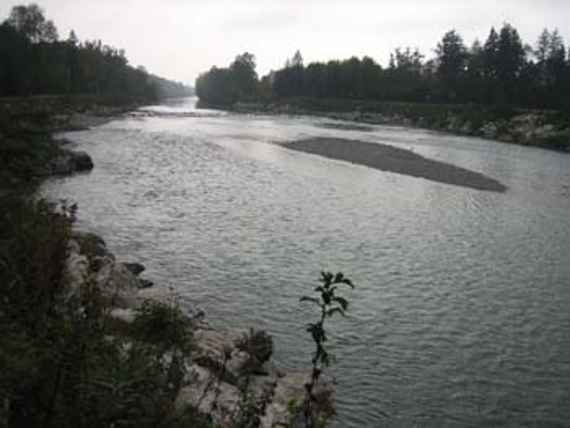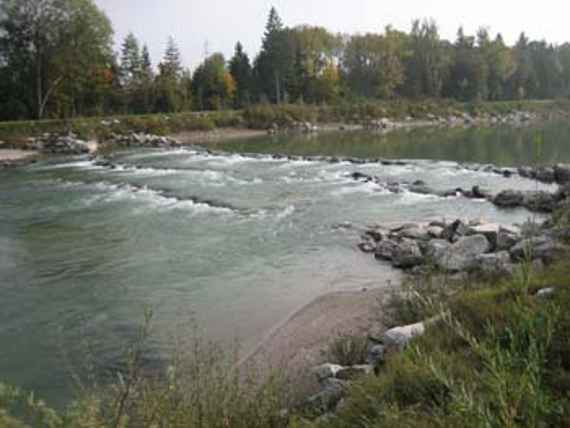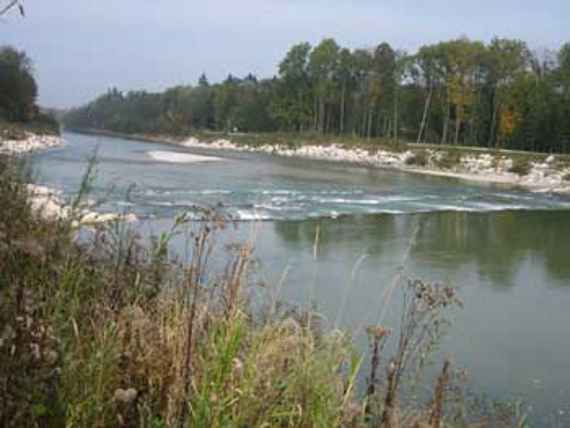The Saalach river on the border between Bavaria and Austria is constantly deepening. In parts about 5 meters in the last 90 years. The river already cuts into fine sediments, which further accelerates the deepening process.
The problem:
The Saalach river on the border between Bavaria and Austria is constantly deepening. In parts about 5 meters in the last 90 years. The river already cuts into fine sediments, which further accelerates the deepening process. This deepening results in a deterioration of the water system both from a water management and ecological point of view (sinking groundwater level, poorer connectivity of the river with the surrounding area).
Boundary conditions for planning:
The water management and ecological conditions are to be improved,
- the existing flood protection for settlements must not be worsened
- existing energy use rights must not be negatively influenced,
- since more bedload is expected in the future due to measures further upstream, a flexible solution is required.
The solution:
Ramps are to be used to raise the riverbed. In this way, the river can be better linked to the surrounding area. At the same time, the fine sediments are sufficiently covered with gravel.
A modular ramp consists of several independent steps. Depending on the morphological boundary conditions, such as the time-varying bed load input, individual steps can be removed or added. Modular ramps are therefore an efficient and sustainable solution for the stabilisation of water bodies which are easy to adapt.
If the individual steps of the modular ramp are chosen small enough, the ascent of aquatic life and thus the ecological continuity of the structure is ensured. With the appropriate design, the structure can also be navigated in the direction of flow by canoe or raft, thus extending the recreational opportunities on the watercourse.
The model experiment:
Modular ramp concept in the laboratory
Rated discharge
The solution concept will be tested in a model test to determine its usability and further developed.
The model test is carried out in cooperation with the Institute of Hydraulic Engineering and Hydrology of the Vienna University of Technology. The model scale is 1 to 30.
In the model test, the hydraulic, ecological and design functions of the structure, including the connections in the headwater and tailwater for the very high design discharge of 1,000 cubic meters per second are to be developed and ensured. For a resolved ramp of about 3 meters in height, the load is very high. The basic concept is currently being investigated. Further experiments deal with an improved design and ecological function for low water.
The design proposal:
The transoms have been visually improved. In addition, the ramp was built flatter to improve the stream ecology.
Detail of the building:
The green stones are the bars (the basic structure of the building). The darker the stones are, the heavier they are (up to 7 tons).
Between the bars are troughs, which serve as a habitat in the water and make it easier for the fish to climb up against the current.
---------------------------------------------------------------------------------
Photos of the construction site on the Saalach
The first ramp is built in the Bruch/Hausmoning area. The following photos from 13 January 2006 give a small insight into the construction site.
View of construction site
Excavator on the construction site
Current
further current
Site plan
---------------------------------------------------------------------------------
Photos after the completion at the Saalach
Aerial photo; an arrow shows the direction of flow.
Translation in English (from the picture):
Bayern = Bavaria
Österreich = Austria
View of the ramp from the Austrian side
Ramp with groynes
Underwater view against the flow direction
View of the ramp from the Bavarian side
River view from the headwater in flow direction on the Bavarian side

